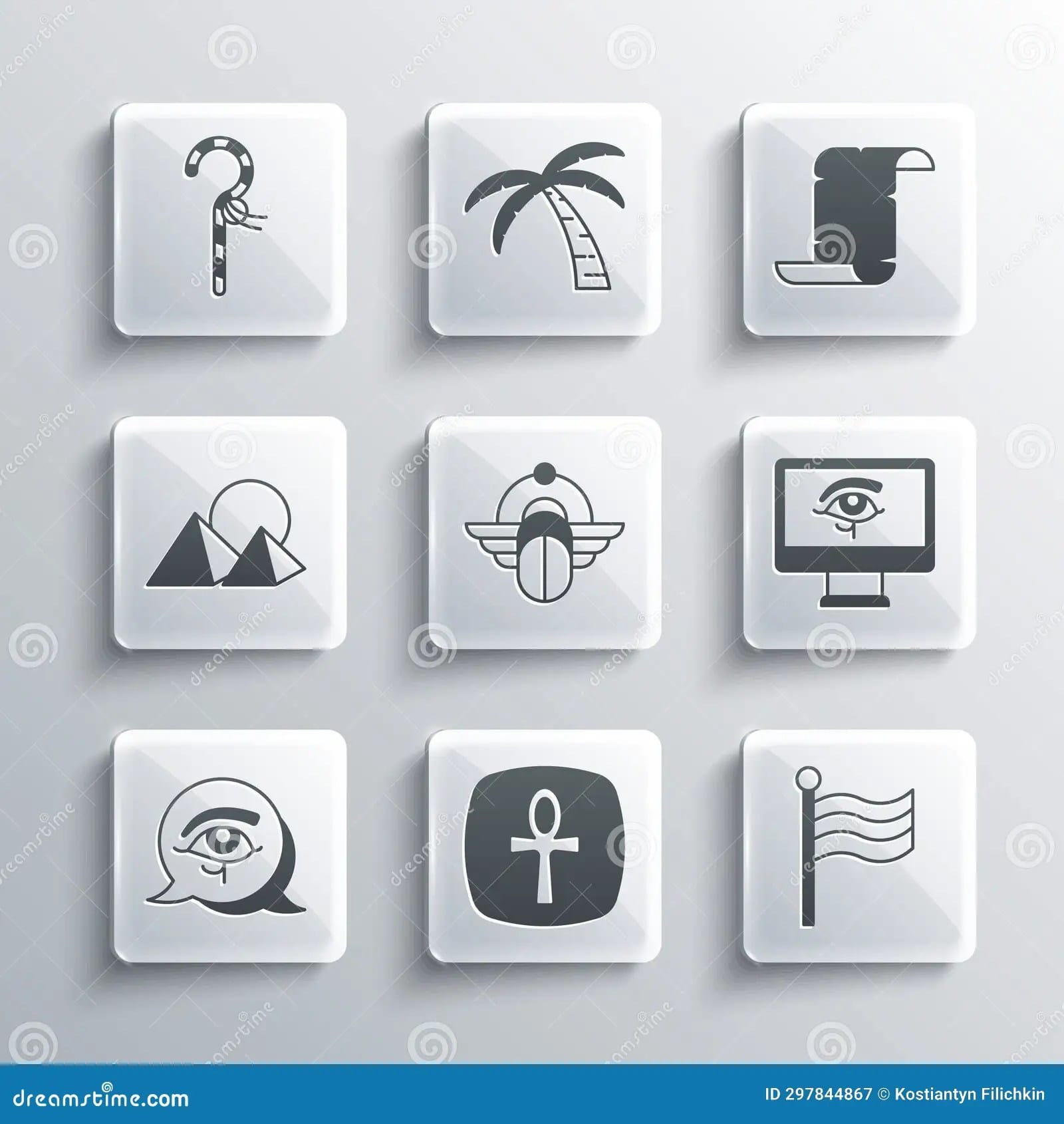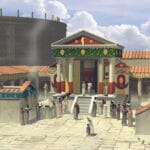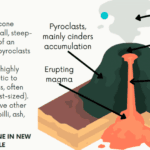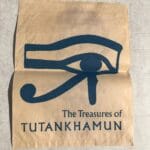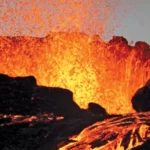Journey to Ancient Egypt: Unraveling Symbolic Secrets
Ancient Egypt beckons with its captivating symbols, and among the most intriguing is the triad of the scarab, papyrus, and ankh. These symbols offer a glimpse into the Egyptian perspective on life, death, and the potential for rebirth.
Our journey begins with the humble scarab. This dung beetle, diligently rolling its ball of dung, embodied transformation for the Egyptians. Just as the beetle brought forth life from seemingly insignificant matter, the scarab represented resurrection and new beginnings. It mirrored the sun’s journey, dying each night only to be reborn each morning. Scarab amulets were worn for protection and guidance in the afterlife.
Next, we encounter papyrus. More than just a writing material, this plant, abundant along the Nile, symbolized knowledge and communication. Like ancient paper, papyrus preserved stories, spells, and even guides to the afterlife, such as the famed Book of the Dead. Egyptians believed that the knowledge inscribed on papyrus transcended death.
Finally, we arrive at the ankh, perhaps the most recognizable symbol of ancient Egypt. This cross with a loop at its top signified “life” or the “breath of life.” Representing vitality and the promise of eternal life, the ankh frequently adorned the hands of gods and goddesses, emphasizing their power over life and death.
The Power of Three: Life, Death, and Rebirth
Together, the scarab, papyrus, and ankh form a potent triad that echoes the Egyptian fascination with the cycle of life, death, and rebirth. The scarab’s transformation mirrored the sun’s journey, papyrus carried wisdom into the afterlife, and the ankh embodied the eternal life bestowed by the gods.
This wasn’t merely an abstract concept; the scarab papyrus ankh triad wove itself into the fabric of everyday life. Scarab amulets provided protection, papyrus scrolls held sacred texts, and the ankh adorned temples and sacred objects.
Even today, the allure of the scarab papyrus ankh remains. We see these symbols in jewelry, fashion, and pop culture, demonstrating the timeless nature of ancient Egyptian symbolism.
Deciphering the Symbolism: Scarab and Ankh on Papyrus
What happens when the scarab and ankh converge on papyrus? The symbolism deepens, reflecting the Egyptian belief that life and death were two sides of the same coin, constantly in flux.
The scarab, rolling its dung ball, symbolized rebirth and transformation, mirroring the sun’s cycle. The ankh, with its elegant loop and crossbar, represented the breath of life, the vital force. When combined, they embody life’s cyclical nature – death as a beginning, not an end.
Egyptians sometimes drew the scarab inside the ankh’s loop, possibly symbolizing the soul’s arduous journey after death, echoing the scarab’s struggle. Ankhs placed on mummies’ chests suggest a hopeful wish for resurrection, for the return of the life-giving breath.
While our understanding of ancient Egyptian beliefs continues to evolve, the scarab and ankh, particularly when paired, undoubtedly represent life’s profound mysteries – life, death, and the hope for what lies beyond.
More Than a Charm: Scarab and Ankh United
Imagine an ancient Egyptian amulet: a scarab beetle intertwined with an ankh. This small object held profound meaning. The Egyptians saw the scarab’s annual cycle of rolling dung balls and the emergence of new life as a powerful symbol of rebirth and transformation. It served as a reminder that even in decay, new beginnings are possible.
The ankh, resembling a cross with a teardrop-shaped loop, represented the very essence of life force itself. It was the breath that sustained, the energy flowing through all beings. Egyptians believed this life force continued after death, albeit in a different form.
Combining the scarab and the ankh created a powerful message about the cyclical dance between life and death. Just as the scarab emerges from the seemingly lifeless dung, the spirit, symbolized by the ankh, continues its journey beyond the physical body.
Jewelry or amulets adorned with both the scarab and the ankh were not mere adornments; they were imbued with deep significance. For the Egyptians, wearing such items served as a constant reminder of life’s cyclical nature, the promise of renewal, and the enduring power of the spirit.
The Ankh and the Beetle: An Enduring Message
Traveling back to ancient Egypt, amidst the pyramids and hieroglyphs, two symbols consistently emerge: the ankh and the scarab beetle. These were not mere decorations but symbols laden with meaning, reflecting Egyptian beliefs about life, death, and the afterlife.
The ankh, resembling a key with a loop, signified life in all its aspects: its existence, its continuation, and its power. It served as the ancient Egyptian symbol for “life force”. Its presence was widespread – in the hands of gods and goddesses, on tomb walls, and worn by ordinary people. The ankh was a powerful reminder of life’s continuity after death and offered hope for a vibrant afterlife.
The scarab beetle, in its annual cycle of rolling dung and new life emerging, resonated deeply with the Egyptians. It mirrored their god Khepri, who rolled the sun across the sky each day. This connection to the sun and creation made the scarab a potent symbol of transformation, new beginnings, and the cyclical nature of life, death, and rebirth.
Uniting the ankh and the scarab beetle created a potent message, a symbolic potion combining two powerful ingredients. It spoke to the eternal cycle of existence – life, death, and rebirth, all intertwined. This combination served as a potent amulet, a source of protection, and a reminder that even in death, the promise of renewal in the afterlife remained.
The ancient Egyptians, through this powerful symbol, seemed to convey that life is a journey that transforms, much like the beetle rolling its dung ball across time, but it doesn’t truly end.
If you are interested in exploring other architectural marvels, check out the Pompeii biggest temple.
- Genesee County Probate Court: Your Guide to Wills, Estates, & Guardianships - November 22, 2024
- Fayette County PVA Assessments Soar in 2024: What Lexington, KY Homeowners Need to Know - November 22, 2024
- Carteret County Register of Deeds: Your Guide to Land Records & Vital Documents in Beaufort, NC - November 22, 2024
